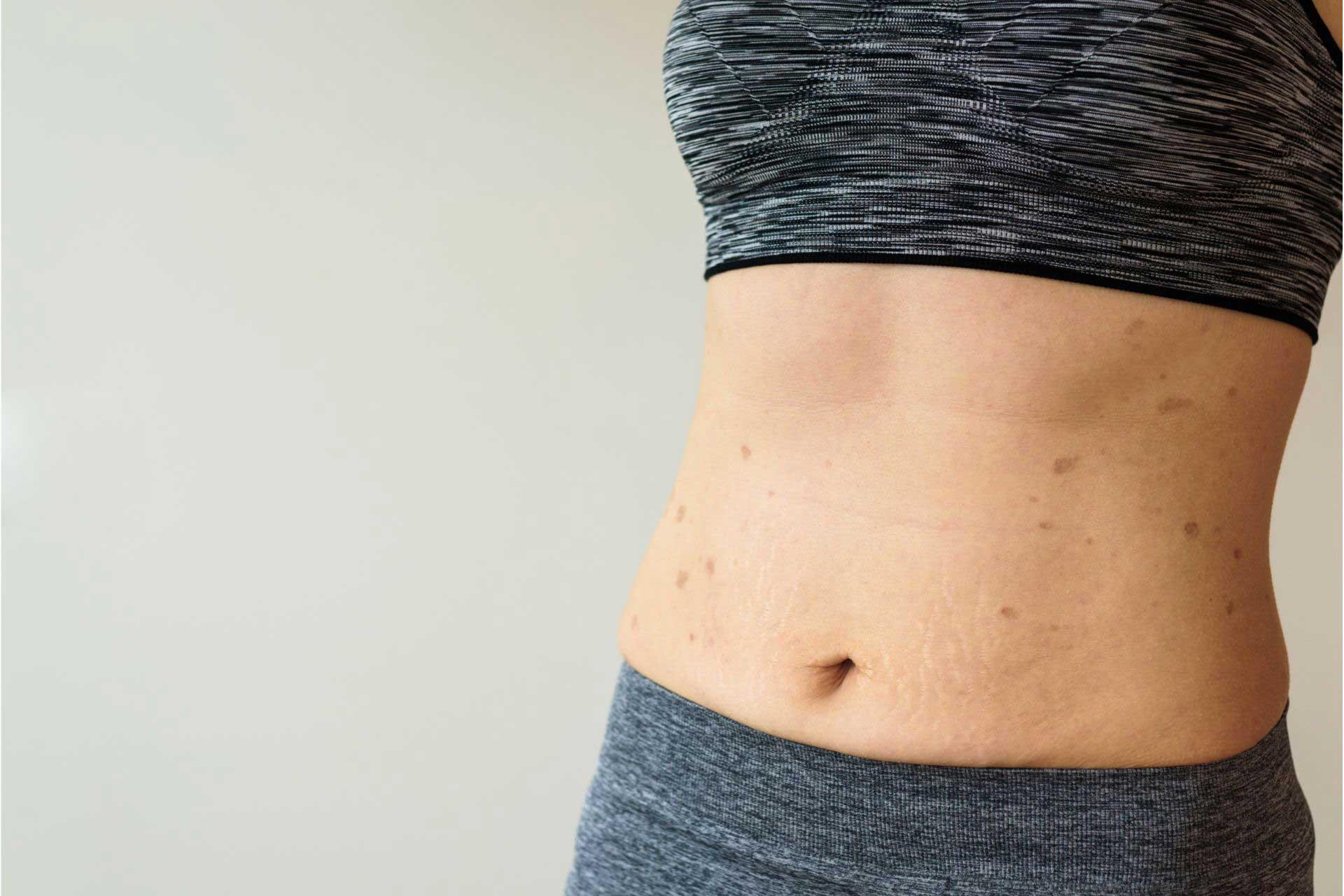Lichen planus is a chronic skin condition that causes rash and inflammatory changes in the skin, mucous membranes and hair follicles. Lichen planus is an autoimmune disease, meaning that the body’s immune system mistakenly attacks its own tissues. The exact cause of the disease is not known, but in individual cases, possible triggers may include stress, infections or certain medications.
Lichen planus is relatively common, affecting around 1–2% of the population. The condition can first appear at any age, but it is most common in middle-aged adults and rare in children. Women are slightly more prone to lichen planus than men.
Lichen planus most commonly appears on the skin and the mucous membranes of the mouth and intimate areas. Hypertrophic lichen planus is a less common form of the disease, causing hypertrophic lesions particularly on the legs. Follicular lichen planus occurs on the scalp, causing hair loss and papules around hair follicles.
Lichen planus can be uncomfortable and painful, but it is not contagious and the symptoms can be controlled with a variety of treatments. Mucosal lichen planus is often more painful than dermal lichen planus, requiring medical attention and often also long-term special care.
Lichen planus – symptoms
Dermal lichen planus
Dermal lichen planus is most commonly found on the wrists, forearms, ankles, legs and the lower back:
- Reddish or purple rash – small polygonal, flat-topped, papules or bumps
- Itching – the rash is often very itchy
- Scaling – the surface of the rash may be scaly and shiny
- Stretch marks – white lines or streaks (Wickham’s striae) may appear on the lesions
Oral lichen planus
Oral lichen planus commonly appears on the inside of the cheeks as well as on the tongue, gums and lips. Symptoms include white, lacy or reticulated patches, redness, ulcers and pain. The mucous membranes of the mouth may feel rough or burning. Certain foods or very cold or hot food can make the pain worse.
Genital lichen planus
The genital mucosa is more sensitive and easily irritated. The symptoms of lichen planus affecting the vulva, vagina, penis and anus include redness, painful ulcers, itching and burning.
Treatment of lichen planus
The treatment of lichen planus depends on the location and severity of the symptoms. The treatments prescribed by the doctor focus on relieving symptoms and reducing inflammation.
As a first-line treatment, cortisone is applied topically to alleviate inflammation and itching. Creams are applied directly to the rash or mucous membranes. Oral lichen planus can be treated topically with cortisone solution or gel. Topical immunomodulators, such as tacrolimus or pimecrolimus, can be used as an alternative to corticosteroids, particularly in the treatment of the mouth or face and other sensitive skin areas.
If the disease is severe or widespread, the doctor can prescribe corticosteroid tablets and other oral medications.
Phototherapy, particularly UVB phototherapy, can be an effective alternative in the treatment of severe and widespread lichen planus.
If the mucosal lesions are associated with a secondary infection, antibacterial or antifungal medication may be needed. In the treatment of oral lichen planus, it is important to maintain good oral hygiene, and the dentist can recommend special mouthwashes or toothpastes.
Help from a dermatologist
Lichen planus is diagnosed with a thorough clinical examination performed by a doctor and a review of patient history. The dermatologist will examine the rash and any mucosal changes carefully. The diagnosis is usually made based on the identification of typical skin lesions. If the rash is atypical or the diagnosis is uncertain, the doctor may take a small skin sample (biopsy) for microscopic examination. No laboratory tests are available to diagnose lichen planus.
The treatment of lichen planus is determined based on the patient’s symptoms and their severity. Common treatments include topical and systemic corticosteroids and tacrolimus. UV phototherapy can be an effective treatment for widespread lichen planus. Mucosal lichen planus requires special attention and often also more specialised treatment. If you have skin symptoms or mucosal changes in the mouth or intimate area that are suggestive of lichen planus or otherwise difficult, book an appointment with a dermatologist.

